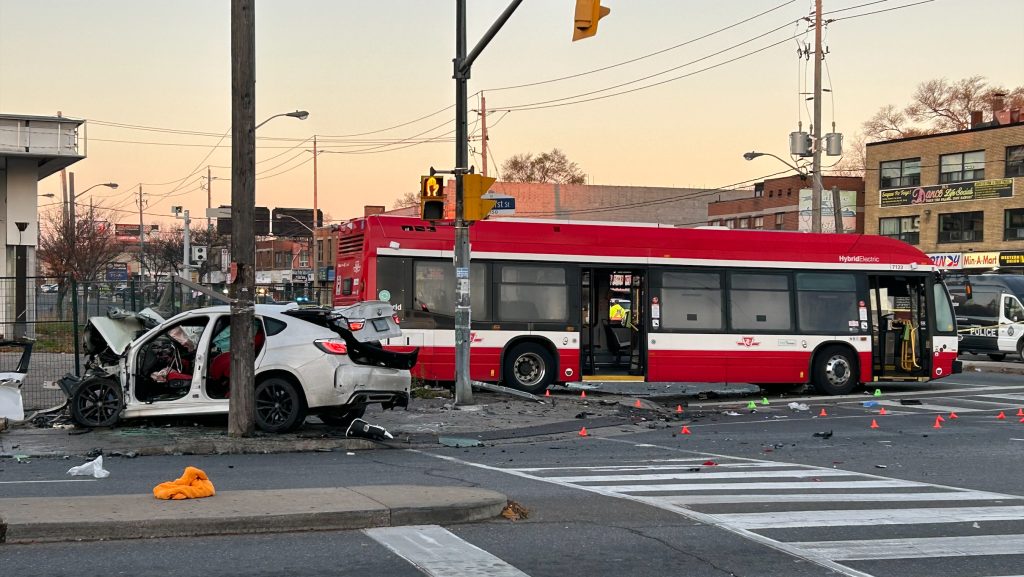Toronto looking to build more housing on city-owned parking lots
Posted March 5, 2024 5:06 pm.
Last Updated March 6, 2024 2:26 pm.
Toronto City Council and Mayor Olivia Chow are looking to find city-owned parcels of land and build housing on top of it, specifically along transit routes and stations.
And Chow is working to make sure those same pockets provide much-needed housing in areas where people may be less inclined to drive.
“It drives me nuts. I go around the city and I see a surface parking lot that belongs to the city. Pardon me? In this day age, how could we have a surface parking lot?” asked Chow.
The City’s parking portfolio currently contains over 300 purpose-built parking facilities managed by the Toronto Parking Authority and over 30 active city building projects on City-owned parking lots.
City staff have since estimated that there are approximately 130 parking lots with suitable designations to potentially support housing.
They are currently looking to short list these properties, including one at Dundas West and Ossington.
“These high value pieces of transit oriented lend, we called them lazy lands. We can’t waste the empty car storage when we could turn them into places for people rather than places for parking,” said Mark Richardson, an advocate and HousingNowTO’s technical lead.
The parking lot is less than half an acre with 37 spaces and is expected to be converted into a ten-storey mass timber building in a community that is just a short walk from where streetcars and buses are running in all directions.
“This particular site people have been talking about building housing on this site since 1997. Before amalgamation this was proposed housing development,” added Richardson. “The city is finally getting around to creating 100 units of new purpose built housing on this site and they’re hoping to make a large portion of it affordable housing.”
Another example is a surface lot with 110 spaces on Sherbourne Street, north of Carlton across from the Phoenix Concert Theatre that is expected to to be replaced with a 26-storey building and townhomes.
“It belongs to the city to build housing. We’re inviting the people to come and join us to build the housing, it’s not us that will build all the housing. It’s private and non-profit sector that will be building.”
Partnering with developers near transit stations and corridors is something the province has attempted to do, but the Mimico GO station example has been a bust.
Metrolinx recently terminated an agreement with Vandyk Properties to build a brand new community next to the station after the developer went into receivership.
When asked if she is fearful the same thing could happen here, Chow said, “Not under my watch. Metrolinx is not our land. Whereas on our land, we will make sure it gets built and build it fast.”
In a statement to CityNews, Toronto said they are in the early stages of evaluating the suitability of parking lots for development for housing or mixed-use outcomes.
“Assessing City parking assets is a complex process that requires careful due diligence and the consideration of many local and City-wide issues and realities, including balancing the critical need for housing with local parking needs, among other considerations,” read the statment.
The results, with a list of priority sites, timelines and resource requirements, will be included in a report back to Council, expected in Quarter 4 2024.








